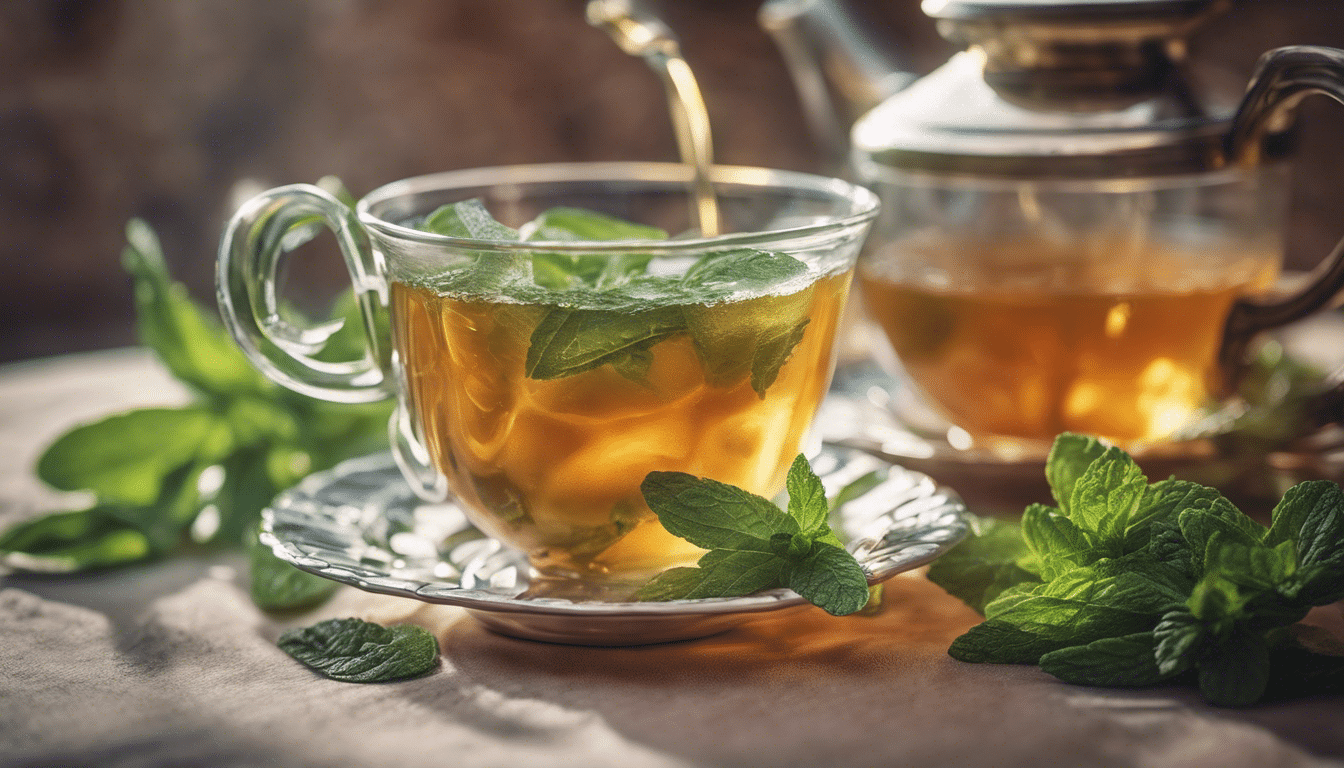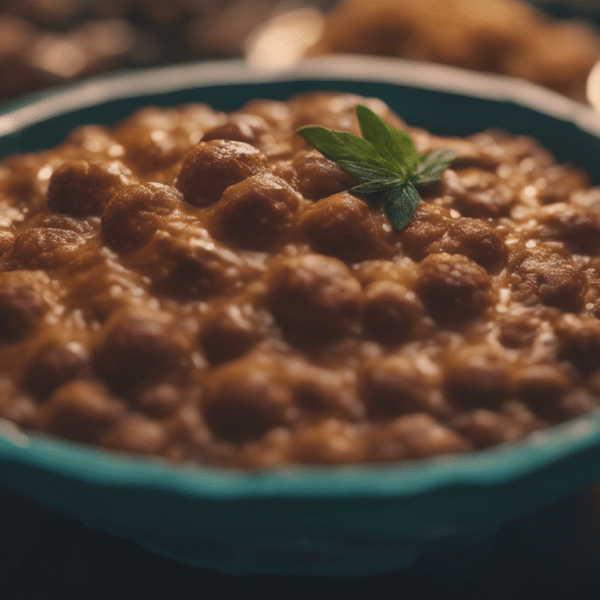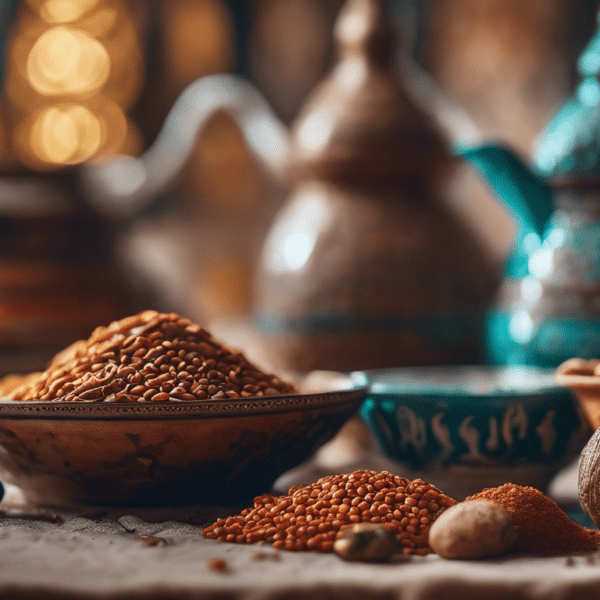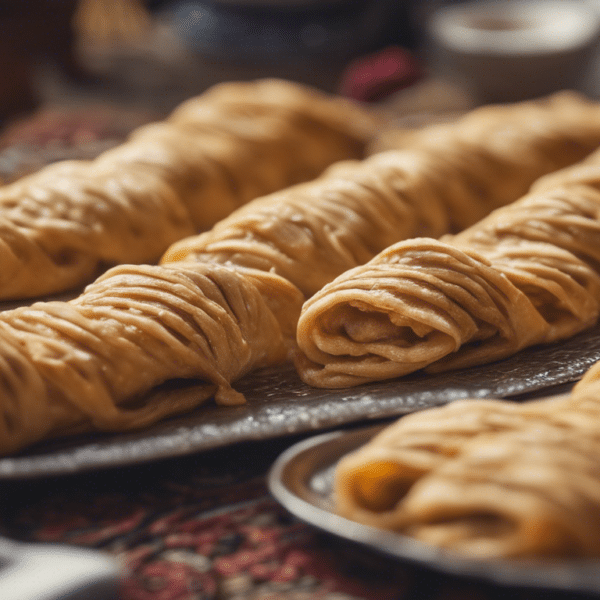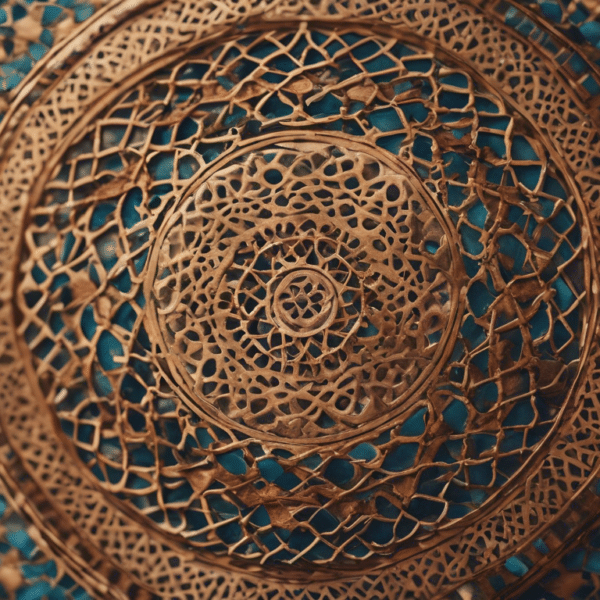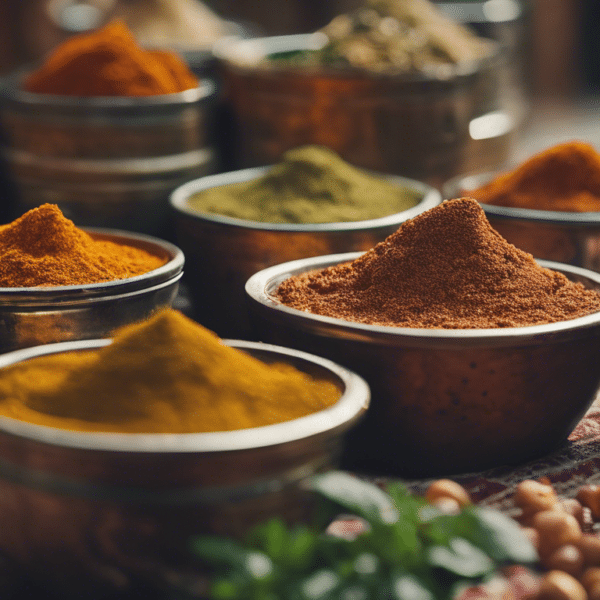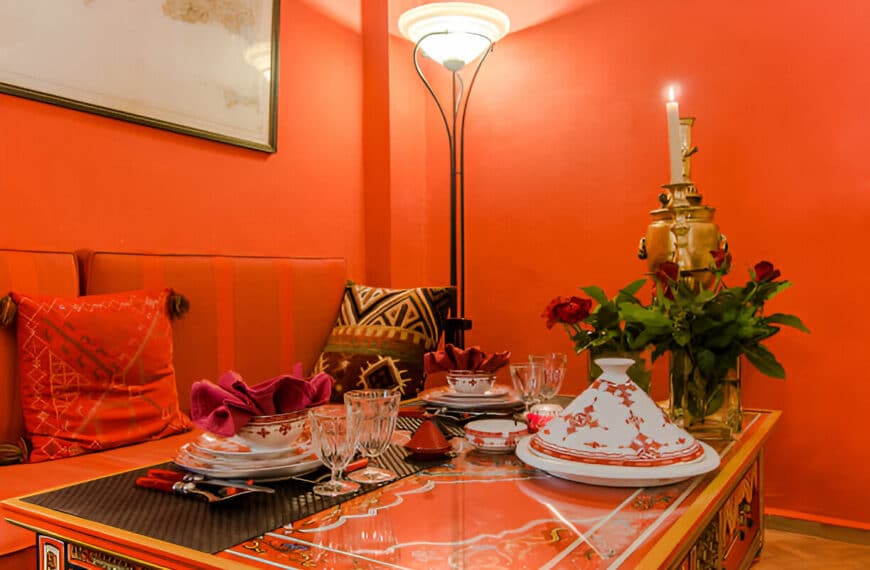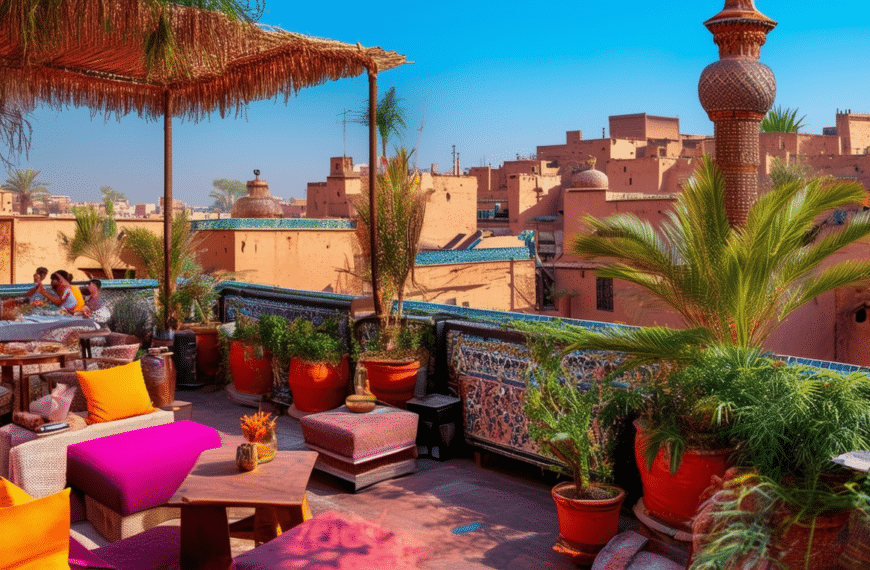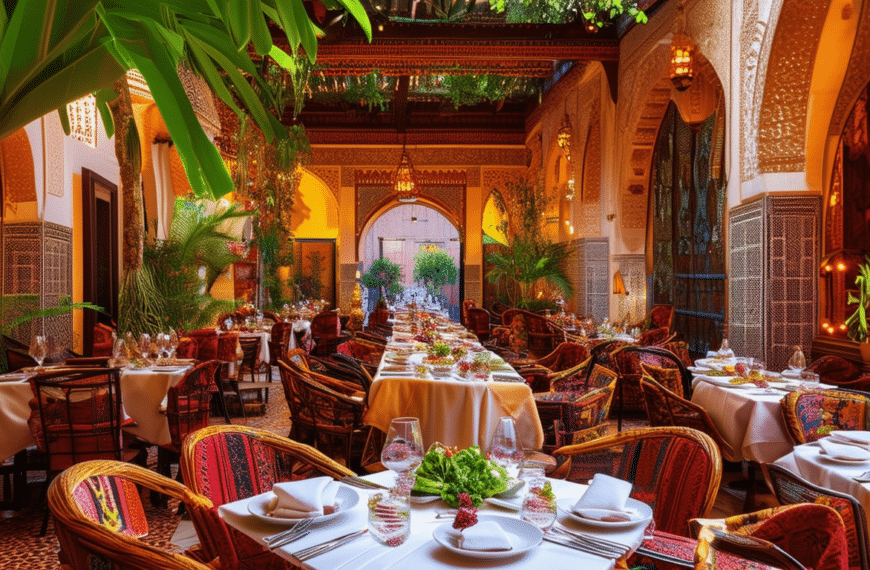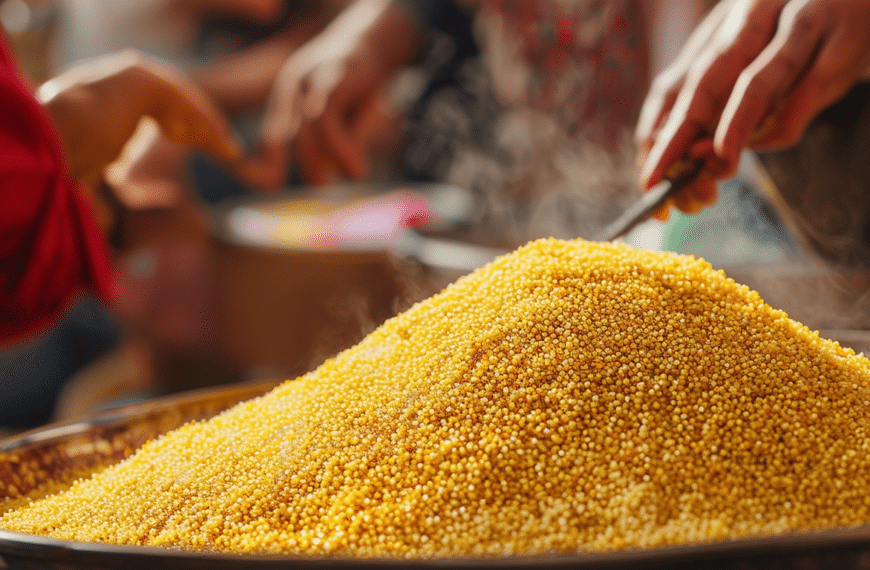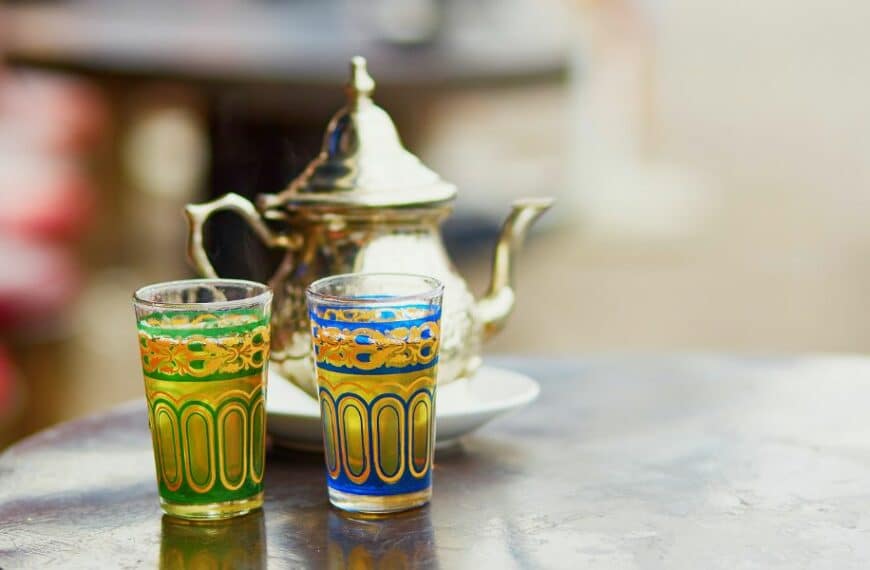Embark on a flavor-infused journey that’s bound to tantalize your taste buds! We’re not just making mint tea; we’re elevating it to an art form with twists that infuse the zesty, soul-warming essence of Morocco into every sip. Unlock the centuries-old secrets of Moroccan Mint Tea, reimagined, as we usher you into a world where tradition waltzes with innovation. Get ready to steep your senses in an aromatic adventure that will transform this classic brew into your personal signature delight. 🍃✨ #MoroccanMintMagic
Discovering Moroccan Mint Tea: A Refreshing Staple
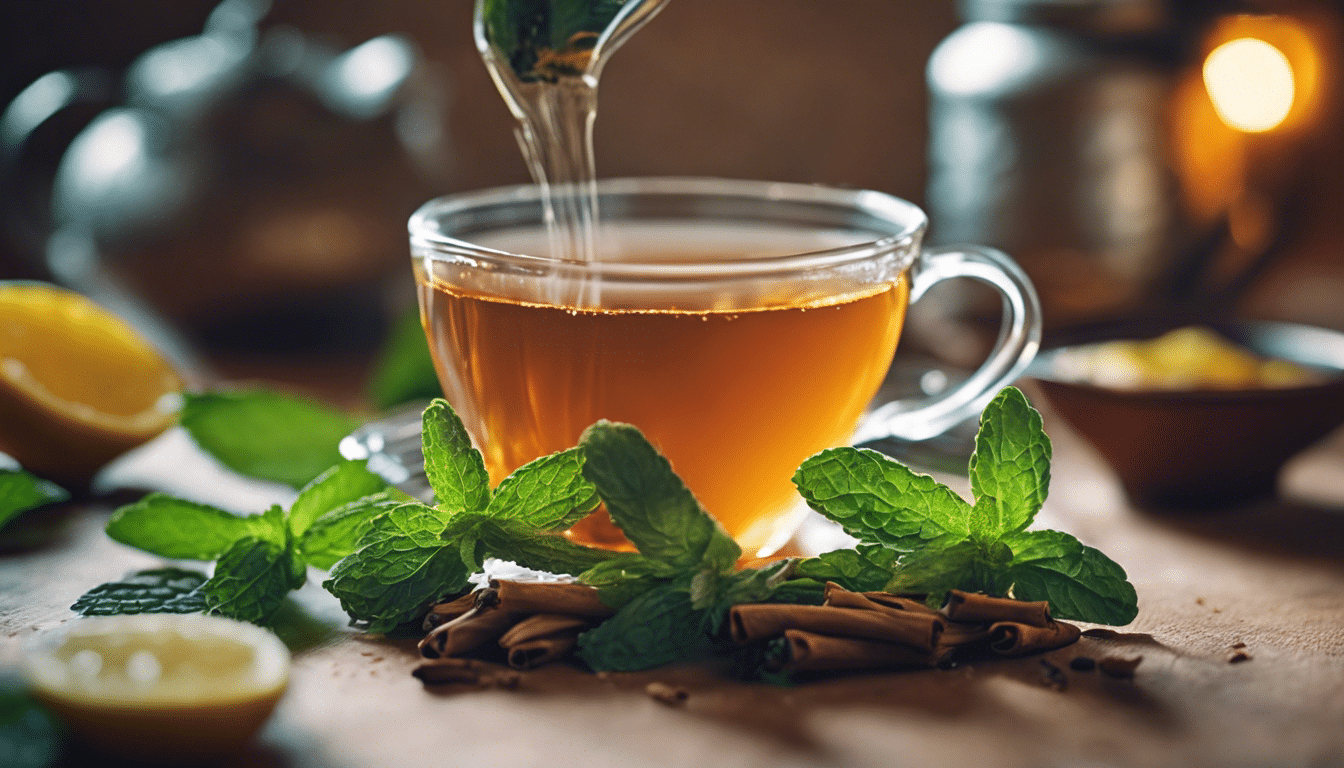
Moroccan Mint Tea: Discovering Moroccan Mint Tea: A Refreshing Staple
The allure of Morocco extends beyond its vibrant souks and majestic landscapes – it’s also captured in a teapot. Moroccan mint tea, a symbol of hospitality and tradition, invites you on a sensory journey that embodies the spirit of Moroccan culture. In this foray into a refreshing staple, we’re not just sipping a beverage; we’re imbibing centuries of heritage.
The Essence of Moroccan Mint Tea
Emerging from the heart of Moroccan hospitality, mint tea isn’t simply a drink; it’s a welcoming gesture, an art, and an indispensable part of daily life. Made from a blend of green tea, fresh mint leaves, and a generous helping of sugar, this tea dazzles the taste buds with its zesty and sweet symphony.
A Brew Full of History
Tracing back to the trade routes and historical interactions, the origins of Moroccan mint tea are woven with stories and legends. The infusion of the Chinese Gunpowder tea with indigenous North African mint gives us a tale of cultural amalgamation, a true testament to Morocco’s position as a crossroads of civilizations.
The Ritual of Preparation
The ceremonial preparation is a sight to behold. It starts with rinsing the green tea in boiling water – a gesture of purity. Then, revered hands layer in the fresh mint, followed by an avalanche of sugar. The tea is often poured from high above to create a frothy head, symbol of the meticulous care poured into each glass.
Celebrating Through Sips
Each sip is a lens into Moroccan ethos. Be it after a sumptuous feast or amidst the bustling of a local market, mint tea punctuates the rhythm of Moroccan life. Celebrations and negotiations all find a benevolent witness in this sweet nectar, as if it’s whispering the unspoken words of companionship and respect.
Health Benefits Hidden in Leaves
This liquid treasure is not just about taste or tradition; it’s a reservoir of health benefits. Mint is revered for its digestion-aiding attributes and its cooling effect on the body, while green tea is applauded for its antioxidants. Together, they create a potion that refreshes, invigorates, and heals.
Bringing Moroccan Mint Tea Home
Infusing your kitchen with the spirit of a Moroccan riad is straightforward – remember, it’s about more than ingredients; it’s about the soul you pour into it. Gather the freshest mint you can find, quality green tea, and embrace the sweet side of life as Moroccans do. High pouring optional, but recommended for the full experience.
In a world that often moves too rapidly, a pause for a cup of Moroccan mint tea is a soothing respite, a momentary lapse into a culture renowned for its warmth and color. It’s about the serenity within the chaos, the tradition amid the modernity, and the taste that transcends boundaries. So, the next time you crave an escape or simply desire a slice of Moroccan life, let the mint leaves and green tea leaves dance in boiling water to create a staple that’s more than just refreshing – it’s a celebration.
Unwrapping the Ingredients: What You’ll Need
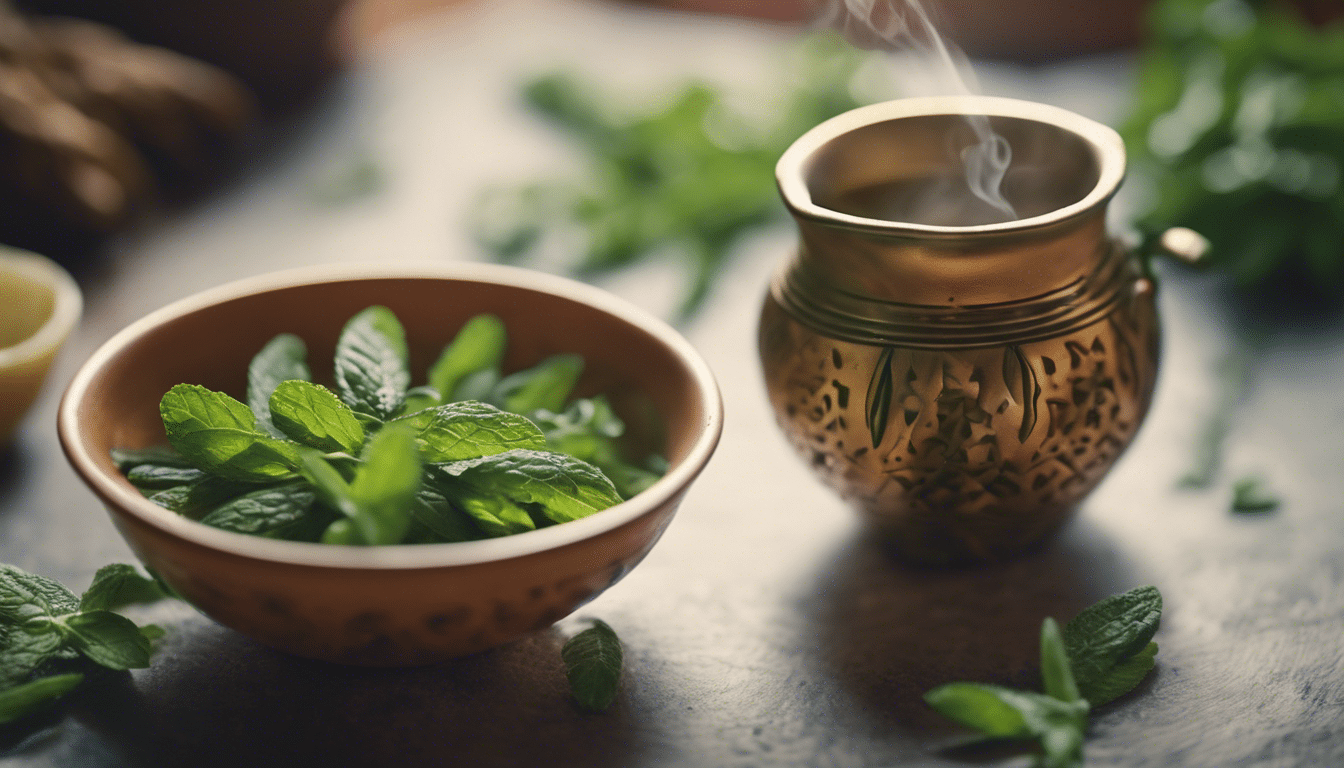
Moroccan mint tea: unwrapping the ingredients: what you’ll need
Steeped in tradition and bursting with flavor, the Moroccan mint tea, commonly known as “atay” in the heart of Morocco, is more than just a simple beverage—it’s a ceremonial invitation to savor life’s nuanced pleasures. This aromatic elixir weaves the freshness of mint with the deep undertones of tea, creating an alchemy that transcends borders. To embark on this sensual journey, let’s navigate through the maze of herbs and spices to curate the essentials for an authentic Moroccan mint tea experience.
Gunpowder Green Tea: The Backbone of Flavor
Every masterpiece begins with a canvas, and for Moroccan mint tea, the foundation is robust gunpowder green tea. Its name originates from the tea leaves that are rolled into tiny pellets, resembling gunpowder, which unfurl elegantly upon brewing. This tea not only lends a profound base but is also known for its health-promoting antioxidants.
Fresh Mint: A Cool Whisper of Elegance
In the symphony of the senses that Moroccan mint tea orchestrates, fresh mint leaves are the high notes that define its soul. Spearmint, known locally as “nana,” is traditionally the mint of choice, offering a cool, refreshing lift that cleanses the palate and invites tranquility into the moment.
Sugar: The Sweet Connector
Sweetness plays a pivotal role in Moroccan culture, symbolic of hospitality and warmth. For the perfect mint tea, cone-shaped sugar, specific to Moroccan pantries, is often used. It’s gradually melted into the brew, creating a sweet embrace that balances the earthy tea and vibrant mint.
Boiling Water: The Purifying Elixir
Crucial to extracting the essences of green tea and mint, properly boiled water is akin to a purifying elixir. It coaxes out the flavors, ensuring a richly steeped concoction, which is why the quality of the water should never be overlooked.
Putting it all Together: Brewing the Magic
Once you’ve assembled these primary ingredients, the alchemy begins. You’ll typically need a teapot, sharing the limelight with the famed Moroccan hospitality and often exquisitely crafted from silver. The ritual of brewing, pouring, and serving Moroccan mint tea is a dance of elegance, from the high pouring technique to the delicate glasses that receive it.
Bringing to life this aromatic brew can be a meditative process. Starting by warming the teapot with some of the boiling water, you add the green tea, swish it around, and then discard this first steep to remove any bitterness. Fresh mint and sugar are then added to the pot, followed by the rest of the boiling water. After a few minutes of infusion, the liquid poetry is ready to be served.
For enthusiasts around the globe who are eager to weave the essence of Morocco into their daily repose, the harmonious marriage of these core ingredients in Moroccan mint tea offers a taste of the exotic—no passport required. Just loose leaves, green herbs, and the willingness to indulge in a timeless tradition.
Preparing Your Tools: Essential Equipment
Moroccan mint tea: preparing your tools: essential equipment
Dive into a sensory journey where fragrance meets tradition; envelop yourself in the aromatic embrace of Moroccan mint tea. This isn’t simply a beverage—it’s a ritual, engrained in the very fabric of Moroccan culture. As a connoisseur or a curious explorer, knowing the proper tools is the gateway to authentic preparation. So, let’s embark on this venture to assemble the essential equipment to craft this North African elixir with finesse.
Mint Tea Pot: The Quintessence of Brewing
The heart of Moroccan mint tea brewing lies in its distinctive teapot, traditionally known as a ‘berrad’. Its unique design, often made from silver or stainless steel, is not just for aesthetics—it’s crafted to perfectly pour the tea with a long, slender spout which ensures a foam layer forms on the serving glass’s surface. For the genuine enthusiast, a hand-engraved berrad not only serves a function but also stands as a piece of art, telling the tale of its craftsmanship.
Glasses, not Cups: The Vessel of Choice
Forgo your typical teacup; Moroccan mint tea demands its own special vessel. Delicate, ornate tea glasses, known as ‘kass el atay’, are the traditional choice. They’re smaller than Western-style mugs and are usually colorful with intricate designs. The transparency of the glass plays a crucial role too; the vibrant green hue of the tea, graced with mint leaves dancing on the surface, is a visual feast crucial to the experience.
The All-Important Mint: Freshness is Key
Quality ingredients are non-negotiable. For Moroccan mint tea, that means fresh mint. While dried mint might seem a convenient shortcut, it lacks the vivacious zest found in fresh leaves. Spearmint is most typically used, offering a sweet flavor and irresistible aroma that are essential to the brew.
Sweetening the Senses: Sugar and its Role
The notion of sweetness in Moroccan mint tea is not merely a matter of taste but of tradition. Sugar doesn’t just sweeten; it transforms. Most Moroccan families use a specific type called ‘soukar’—a cone-shaped sugar that is broken down to the desired amount. And while health-conscious tea lovers might shy away from sugar, alternatives may alter the authentic taste that makes Moroccan mint tea what it is.
The Silver Tray: A Stage for Presentation
Presentation holds a place of pride in the serving of Moroccan mint tea. The ceremonial aspect of pouring the tea is accentuated when carried out on a silver tray, sometimes with fine carvings that tell tales of Moroccan crafts. The tea pot, glasses, and other utensils are arrayed upon it, not only for elegance but for practicality in serving multiple guests.
Herbal Complements: Beyond Just Mint
Yes, mint is a staple, but the opportunity for herbal creativity is vast. Many add local herbs like wormwood, lemon verbena, or geranium leaves for a personal touch or to address a guest’s preference. Storage of these herbs is vital; small, airtight containers are recommended to preserve their potency for your next tea-making session.
In conclusion, the art of making Moroccan mint tea is as much about tradition and presentation as it is about flavor. For the experimenter or devoted practitioner, knowing your essential equipment and ingredients is the cornerstone of embracing and appreciating this time-honored Moroccan delight. Gather your tools, treasure the process, and pour yourself into the craft. With every steam-wreathed pour and every sip, you partake in a story that is centuries old yet refreshingly alive.

